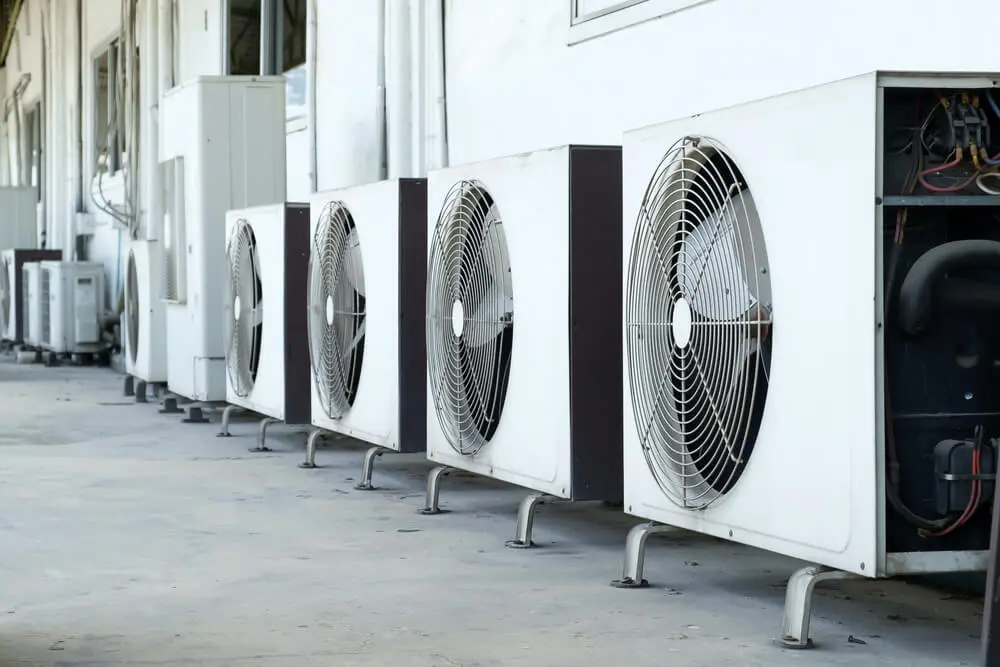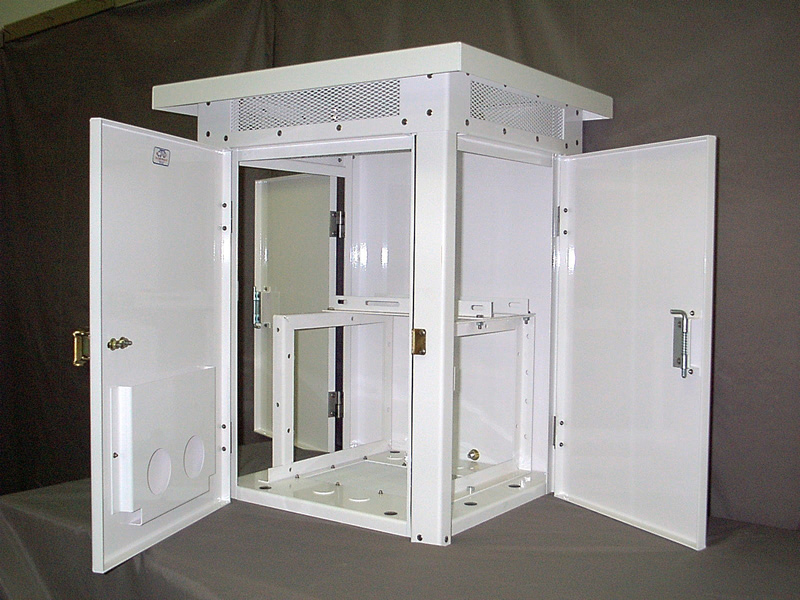Heating a commercial building requires careful planning and the right choice of systems to ensure energy efficiency, cost-effectiveness, and comfort. With many options available, selecting the appropriate heating system depends on various factors, including the building’s size, layout, and specific heating needs. Here’s a comprehensive guide to understanding how to heat a commercial building effectively.

Content
1. Assessing Heating Needs
The first step in heating a commercial building is conducting a thorough assessment of the heating requirements. This includes evaluating the building’s square footage, insulation quality, number of windows, and specific areas that may need more heating, such as entryways or loading docks. By understanding these factors, businesses can choose a heating system that delivers optimal performance and energy efficiency.
2. Choosing the Right Heating System
Several types of heating systems are commonly used in commercial buildings, each with its advantages:
- Forced Air Systems: These are popular due to their efficiency and ability to provide both heating and cooling. They work by circulating heated air through ductwork and vents. Forced air systems are ideal for businesses that need consistent temperature control throughout the building.
- Radiant Heating Systems: Radiant heating works by warming the building’s surfaces, such as floors and walls, which then radiate heat into the space. This system is energy-efficient and provides consistent heat distribution, making it a great choice for warehouses or buildings with high ceilings.
- Hydronic Heating Systems: Using hot water or steam circulated through pipes, hydronic systems offer a comfortable and even heat. They are known for their efficiency and are often used in schools, hospitals, and office buildings.
3. Professional Installation
Once the right system is selected, professional installation is crucial to ensure that it operates efficiently and safely. Partnering with a trusted service provider like Target Heating & Air can make all the difference. They offer expertise in designing, installing, and maintaining heating systems tailored to commercial needs, ensuring optimal performance and compliance with local regulations.
4. Maintenance and Upkeep
Regular maintenance is essential to keep heating systems running efficiently and to prolong their lifespan. Scheduled inspections, filter replacements, and system checks help identify potential issues early, reducing the risk of costly repairs or downtime. Businesses in Los Angeles can benefit from commercial heating installation in Los Angeles services that offer ongoing maintenance plans to keep systems operating at peak performance.
5. Energy Efficiency Considerations
Energy efficiency is a top priority for commercial buildings. Investing in high-efficiency heating systems, using programmable thermostats, and ensuring proper insulation can significantly reduce energy consumption and operational costs. It’s essential to work with HVAC professionals who understand energy-efficient technologies and can recommend solutions that align with sustainability goals.
Conclusion
In conclusion, heating a commercial building effectively requires careful consideration of the building’s needs, choosing the right heating system, professional installation, and regular maintenance. By partnering with experts like Target Heating & Air, businesses can ensure that their heating systems are efficient, reliable, and tailored to their specific requirements.

I’m Aurelia Brown! I blog about tech, how to use it, and what you should know. I love spending time with my family and sharing stories of the day with them.






